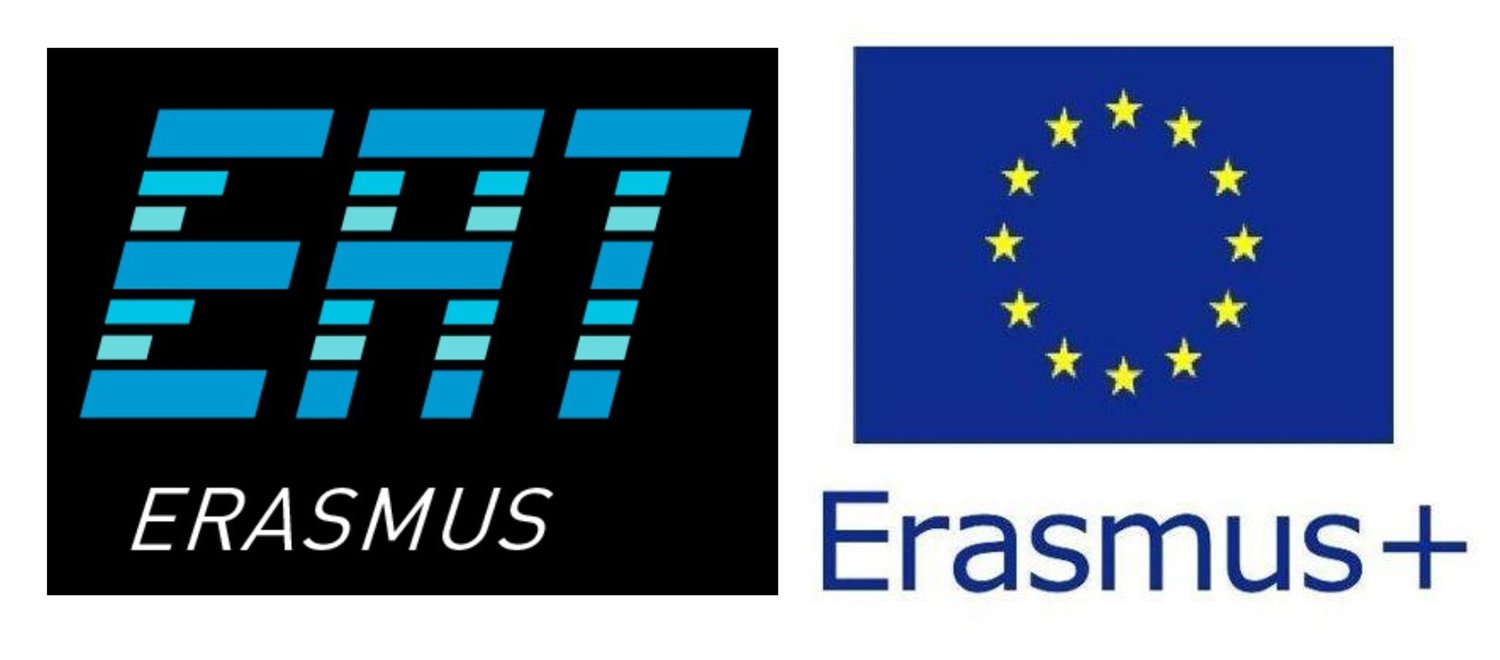2.5 Developing self-regulatory learning environments
In order to develop a culture of authentic assessment and academic integrity, [there needs to be] alignment between enabling leadership, policies, systems, resourcing, practices, professional development, recognition and rewards. [We] need to engage students and staff as partners in this culture. Opportunities for sharing ideas, developing good practices and mentoring should be actively encouraged and resourced. Policies and systems that hold traditional practices in place or discourage innovative approaches should be critically reviewed and revised. (Opportunities for program teams [including students] to collaborate on program-level assessment design should be fostered and resourced.
Self-regulatory approaches to assessment include a wide range of activities, in varying combinations, with varying methodologies and using a range of instruments to measure efficacy. The sheer complexity regarding the number of variables involved, makes it difficult to be definitive about what works, and especially given the role of individual learner differences, and the specific requirements of contexts.
What is effective for a learner in one context may not be effective in another or at a different point in time given all the variables involved. However, it is possible to synthesize key messages from an extensive review of the literature. In sum, important considerations include the creation of autonomy supportive learning environments and ensuring integrated approaches to delivery:
Autonomy supportive learning environments
High quality engagement with students
How students come to co-own their programs with lecturers and see themselves as active contributors to the assessment feedback process rather than seeing assessment as something that is done to them. (Evans, 2016, p. 2)
The nature of student engagement is of crucial significance. Addressing student and lecturer conceptions about their respective roles within learning and teaching need to be explicitly addressed from the outset. As part of this, what constitutes high level student engagement needs to be clarified and agreed.
Students need opportunities to be co-constructors of their learning contexts. Co-construction requires educator understanding of how to promote high level engagement while at the same time ensure workload-efficient means of involving students in classroom activities which develop self-regulative capacities (Evans, 2016; Yang & Carless, 2013). (5.1)
Assessments also need to be appropriately designed to test high-level self-regulatory skills.
Supporting co-construction of learning
teachers who provide choice but also listen to students and allow them to manipulate instructional materials and ideas… consider student preferences and interests in selecting and designing tasks, provide rationales for those activities, and give students opportunities to ask questions… embrace student perspectives… culturally responsive pedagogy that encourages [students] to own their learning by questioning and challenging curricular assumptions and constructing their own reality.
(Kumar et al., 2018)
·Promoting Universal Design principles (CAST, 2018) within assessment to enable all learners to access and do well in a learning context. The curriculum is not designed with a specific type of learner in mind. A critical pedagogy needs to underpin this work to ensure that assessment design does not unintentionally disadvantage some groups of learners compared to others (Waring & Evans, 2015). To support access the following are important:
Ensuring transparency of the learning process through the giving of explicit and focused guidance. (5.2)
Appropriately scaffolding students’ entry into new learning contexts through understanding the starting points/individual learning needs of students (Kim & Shakory, 2017). For example, by making use of early interventions to address students’ conceptions of learning in order to support effective strategy use (Vermunt & Donche, 2017). (5.3)
Making local cultures explicit rather than adapting them to accommodate diverse learners (Blasco, 2015; Friedlander et al., 2011).(5.3)
Being cognisant of the varying ways in which individuals process information (see Friedlander et al.’s 2011 work on the neurobiology of learning and Kozhevnikov et al.’s 2014 work on cognitive styles). (5.3)
Designing environments to reduce cognitive overload which can impact high and low self-regulators (e.g., overloading those who regulate well with unnecessary information can lead to expertise-reversal, i.e., having a negative impact on them) (Fyfe & Rittle-Johnson 2016; Krause et al., 2009). (5.3)
Providing sufficient challenge (constructive friction) (Vermunt & Verloop, 1999) to promote student SRL development and as part of this designing assessments that require students to use high level skills. An essential part of this is clarifying what a ‘deep approach’ looks like within a discipline; what are the dispositions a student should be able to demonstrate both now and in the future? (5.4)
Making effective use of data to enhance understanding of the processes of learning and how learning processes may vary for different individuals/groups, and over time, so as to enhance practice and ensure inclusive approaches. This includes engaging students and educators in owning the data.
Ensuring an integrated approach:
· Attending to metacognitive, cognitive, and affective elements of learning: The teaching of metacognitive self-regulatory strategies needs to go hand in hand with the teaching of cognitive strategies (Pintrich, 2002). Focusing on individual interventions without considering self-regulation holistically may have limited impact on students’ learning (Dorrenbacher & Perels, 2016). For example, in providing feedback to a student on how they can improve, consideration needs to be taken of the different elements of self-regulation by making the key messages clear and to the point (COGNITIVE); exemplifying how a student can make the necessary adjustments through links to examples demonstrating this and utilising peer support effectively (METACOGNITIVE) AND agreeing goals for improvement of the work, considering what is reasonable to expect a student to be able to do within timeframes, ensuring sufficient time/space for a student to be able to reflect on feedback and supporting perspective taking through identifying positive features of the work (AFFECTIVE).
· Embedding SRL within disciplinary delivery: Self-regulation strategies taught in the absence of content have limited impact. Schneider & Preckel (2017) in reviewing first-year student experience training programs involving over 2,000 students found that these had virtually no average effect on achievement. Specific skill sets need to be taught and aligned within the way in which accruement of such skills is rewarded (Douglas et al., 2016). Transition programmes need to be integrated within disciplinary delivery i.e., within the course/programme and not separate to it where its relevance may be lost.
· Embedding SRL practices throughout students’ learning journeys. Supporting the development of students’ self-evaluative capacity needs to take place throughout a students’ learning journey. For example, by integrating evaluation activities including peer and self-assessment into all stages of the learning process and providing students with multiple opportunities to test their understandings are important (Boud et al., 2013; Mays & Branch-Mays, 2016).
· Maximising opportunities for students to have direct evaluative experience in working with others requires training in developing shared regulation capacity. To support students’ ability to come to their own understandings of quality requires immersion in direct and meaningful experiences to test understandings (Sadler, 2010, 2013, 2017).

